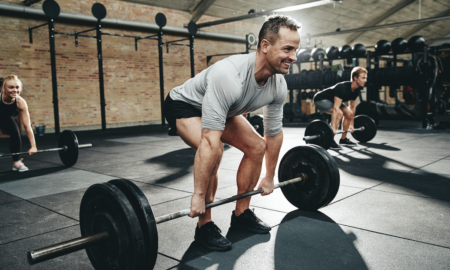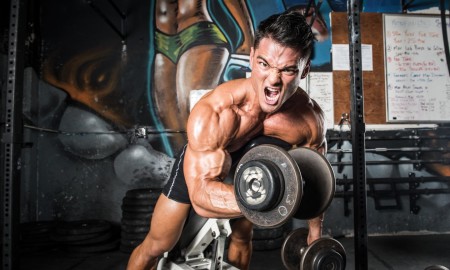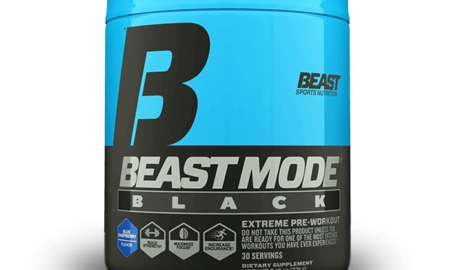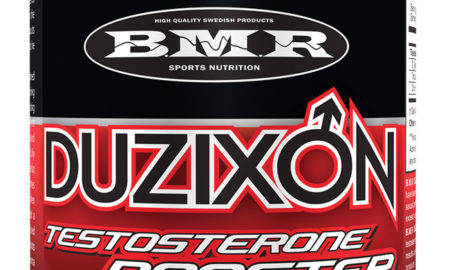Last year a group of researchers from Stanford University published a study in which they examined previous studies related to using growth hormone to forestall the aging process. They concluded that GH is largely a waste of money for those seeking a cure for aging. Instead, using it opens the door to a host of adverse effects, such as joint swelling, carpal tunnel syndrome and other unwanted side effects. The conclusions have been vigorously disputed by antiaging organizations and researchers, who note that the doses reported in the Stanford analysis are far larger than those commonly used in antiaging therapy, hence the unfavorable side effects. Many users of GH antiaging therapy report few side effects and a greatly improved health picture from what they had before they took the hormone. The literature on the therapeutic use of GH confirms those opinions.
Recently, the same Stanford researchers examined the effect of GH on sports performance.1 They looked at 44 articles related to GH and sports and found that 27 met the minimum research criteria. Those studies involved 303 subjects representing 13.3 person years of treatment. The average age of the subjects was 27, and all were physically fit. The dose range for GH varied, but none was similar to what real-world athletes and bodybuilders use, which created a credibility problem from the start. Nevertheless, lean body mass increased among the GH users over nonusers, but strength and exercise capacity didn’t increase. That led the researchers to suggest that any gains in lean mass induced by GH were likely merely water weight. If that sounds vaguely familiar, it’s because that’s what was said about anabolic steroids for many years—all the gains are water, not muscle.
Several of the studies reported more lactate in the bodies of athletes who use GH prior to exercise. That would portend premature fatigue during training. Those using GH reported increased fatigue as well as soft-tissue edema, pointing to water retention. It all suggests that, if anything, GH has an adverse effect on sports performance. If that’s the case, however, why are so many athletes reportedly using the drug? GH use was so prevalent at the 2000 Olympic Games that the event is often called the “GH Games.” That was possible because there was no standard test for the presence of GH in the body. Allegedly, there’s a test for that purpose for the 2008 Games in Beijing—they said the same thing in 2000.
The new critique of GH seems at odds with what happens in the real world of sports and bodybuilding. Recent sports inquiries, such as the Mitchell Report on drug use in baseball, suggest that GH use is widespread, with many illustrious players injecting themselves with the drug. It’s also a major presence in track and field, cycling and even swimming. Chinese swimmer Yuan Yuan was caught with suitcases full of GH vials while traveling to a world championship swim meet in Australia. While Ben Johnson is widely known for losing his 1988 Olympic 100-meter gold medal after testing positive for the anabolic steroid Winstrol, he later admitted under oath that he also used GH. A large amount of GH was found in a team car at the 1988 Tour de France. All athletes exposed in the BALCO drug scandal, including track star Marion Jones, used GH regularly.
In bodybuilding GH has been an anabolic staple for years. The consensus is that while GH isn’t too anabolic by itself, it has potent synergy with other anabolics, such as anabolic steroids and insulin. GH aids protein synthesis through a mechanism distinct from that of anabolic steroids; that explains the synergy. Others say that GH works well to reduce bodyfat—no small consideration in preparing for a major contest. An injection of GH stimulates bodyfat breakdown and elevates fasting blood free fatty acids, which peak two to three hours after injection. GH itself doesn’t mobilize fat but increases the effects of other substances that do, such as the catecholamines epinephrine and norepinephrine.
As mentioned above, one problem with the new GH report—acknowledged by the authors themselves—is that the doses used in the studies don’t remotely resemble what real athletes use. For example, in the studies analyzed, the average GH dose was two to three units. Some pro bodybuilders are said to use 16 units or more daily. Then there’s the use of other anabolics along with GH, which obscures the individual benefits, if any, that it offers. Unfortunately, the prevailing bodybuilding mentality is that if that guy over there is using it, I need to use it too. Few athletes ever take a close analytical look at benefits offered by GH alone.
Not mentioned in the Stanford analysis is a major reason athletes use GH: It’s an established accelerator of the healing process of connective tissue in joints, ligaments and tendons. Because of poor blood flow, connective tissues often require prolonged healing periods. GH shortens such healing periods considerably. It is also suggested as a way of protecting connective tissue, thus possibly preventing an injury in the first place. Since injuries are a major setback for all athletes, that property of GH would be relevant for athletic use all by itself.
The Stanford study mentions studies that found that using GH led to gains in lean mass and loss of bodyfat yet no strength gains. That’s also what happens in acromegaly, a disease in which excessive amounts of GH are released from the pituitary gland because of a tumor. Those with the disease often have larger but weaker muscles. If acromegaly occurs during childhood, a common effect is giantism, or growing to unusual height. The tallest man in the world, Russian Leonid Stadnyk, 37, is 8’5 1/2” tall and had surgery to remove the tumor from his pituitary gland that caused his acromegaly. He shows the peripheral myopathy resulting from acromegaly, evidenced by his need to hold on to things as he walks. The tallest man ever recorded, Robert Wadlow, died at 22 of a leg infection that he got from having to wear a leg brace; his leg muscles were too weak to support his upper body. At his death in 1940, Wadlow was 8’11.1” tall and weighed 440 pounds. By age 13 he was already 7’4”.
Peripheral weakness is a hallmark of acromegaly, as is a greater tendency to diabetes and heart disease. Andre Roussimuff (“Andre the Giant”), a 7’4” professional wrestler with acromegaly, succumbed to the effects of diabetes and heart disease at age 47 in 1993.
As for bodyfat, the Stanford researchers note that GH seems to increase bodyfat use at rest but not during exercise. Since using fat for fuel during exercise would spare muscle glycogen stores, the fact that GH doesn’t help the body use fat during exercise would mean that it doesn’t do anything to help exercise and sports endurance. On the other hand, a recent study found that GH improved aerobic capacity in those who had previously used anabolic steroids.
Again, the major weakness of a seemingly concise review of the sports usage of GH is that it doesn’t reflect the real-world use of the hormone. Someone must think GH benefits athletes, though. How else to explain the search for a definitive GH doping test, which has been going on for more than two decades? The one thing you can count on is that plenty of athletes who compete at the Beijing Olympiad will be using GH. It will be interesting to see if the alleged new test to detect it catches anyone.
As to the many alleged dangers of GH use, it appears that one celebrity may have died indirectly from it: Anna Nicole Smith, erstwhile Playboy Playmate of the Year, a person famous for being famous and an admirer of hoary billionaires (or is that horny billionaires?). Noting that the biological clock was ticking for her and taking into account her tendency to get fat, Anna turned to a cocktail of antiaging drugs that included GH. During her autopsy, the medical examiner found evidence of repeated needle injections on her left buttock. The repeated injections at one site had produced a deep-seated abscess filled with yellow-green pus. The coroner wrote that the bacteria had entered her bloodstream, sending her temperature to 105 degrees. She attempted to treat the infection but instead overdosed and died. IM
1 Liu, H., et al. (2008). Systematic review: The effects of growth hormone on athletic performance. Ann Intern Med. 148(10):747-58. IM




















You must be logged in to post a comment Login